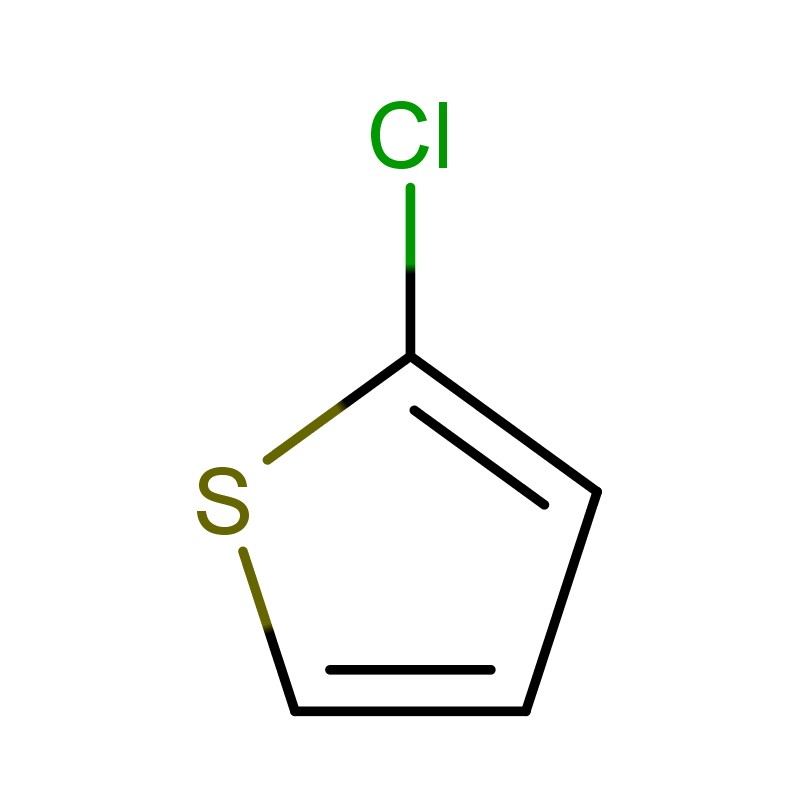
- English
- Español
- Português
- русский
- Français
- 日本語
- Deutsch
- tiếng Việt
- Italiano
- Nederlands
- ภาษาไทย
- Polski
- 한국어
- Svenska
- magyar
- Malay
- বাংলা ভাষার
- Dansk
- Suomi
- हिन्दी
- Pilipino
- Türkçe
- Gaeilge
- العربية
- Indonesia
- Norsk
- تمل
- český
- ελληνικά
- український
- Javanese
- فارسی
- தமிழ்
- తెలుగు
- नेपाली
- Burmese
- български
- ລາວ
- Latine
- Қазақша
- Euskal
- Azərbaycan
- Slovenský jazyk
- Македонски
- Lietuvos
- Eesti Keel
- Română
- Slovenski
- मराठी
- Srpski језик
How Is the Production Process of Pharmaceutical Intermediates?
2025-09-05
Pharmaceutical intermediates play a crucial role in the drug manufacturing industry, acting as the building blocks for producing active pharmaceutical ingredients (APIs). As global demand for innovative medicines continues to grow, understanding how pharmaceutical intermediates are produced has become essential for manufacturers, researchers, and regulatory bodies. The production process requires precision, advanced technology, and strict quality control measures to ensure that the intermediates meet the stringent standards required by the pharmaceutical industry.
Understanding Pharmaceutical Intermediates
Pharmaceutical intermediates are chemical compounds formed at specific stages during the synthesis of APIs. They are neither the starting materials nor the final APIs but rather key transitional products that contribute to the chemical structure and therapeutic function of the final drug. These intermediates undergo further reactions and refinements before becoming APIs, making their quality critical for the overall safety and efficacy of the medication.
Types of Pharmaceutical Intermediates
Pharmaceutical intermediates can be broadly categorized into three types:
-
Simple Intermediates – Basic compounds synthesized early in the production process, serving as foundational building blocks.
-
Advanced Intermediates – More complex molecules derived from simple intermediates through multi-step chemical synthesis.
-
Chiral Intermediates – Optically active compounds used to produce APIs with high stereochemical purity, critical for drug efficacy and safety.
Key Applications
-
Used in the production of antibiotics, antivirals, and anticancer drugs
-
Essential for the synthesis of cardiovascular, neurological, and metabolic disorder treatments
-
Required for customized drug formulations in biotechnology and personalized medicine
The Production Process of Pharmaceutical Intermediates
The production of pharmaceutical intermediates is a highly regulated and precise process that involves multi-step chemical synthesis, purification, and quality control. Below is a detailed breakdown of the main stages:
Step 1: Research and Development (R&D)
-
Objective: Identify efficient synthesis pathways and develop cost-effective processes.
-
Activities include:
-
Designing synthetic routes based on target molecule structures
-
Testing multiple reaction mechanisms to ensure stability and yield
-
Conducting small-scale laboratory experiments for proof of concept
-
Step 2: Raw Material Sourcing and Pre-Treatment
-
High-purity raw materials are sourced from certified suppliers to avoid contamination risks.
-
Incoming materials undergo pre-treatment processes such as drying, sieving, or recrystallization to enhance quality and consistency.
Step 3: Multi-Step Chemical Synthesis
This is the core stage of pharmaceutical intermediate production, involving carefully controlled reactions under strict parameters.
-
Reaction Conditions: Precise temperature, pH, pressure, and solvent usage are maintained.
-
Catalysts and Reagents: Used to optimize conversion rates and reduce byproducts.
-
Automation: Modern plants employ automated systems for continuous monitoring and improved reproducibility.
Step 4: Purification and Isolation
Once the desired intermediate compound is synthesized, it undergoes extensive purification to remove impurities and byproducts:
-
Techniques used:
-
Crystallization
-
Distillation
-
Chromatography
-
Solvent extraction
-
-
Purity levels are typically maintained at ≥99%, depending on product specifications.
Step 5: Quality Control and Compliance
Quality control (QC) is integrated at every stage to ensure pharmaceutical intermediates meet international regulatory standards such as cGMP (Current Good Manufacturing Practices) and ICH guidelines.
-
Testing Parameters Include:
-
Purity and identity verification
-
Residual solvent analysis
-
Moisture content testing
-
Heavy metal detection
-
-
QC labs employ high-performance liquid chromatography (HPLC), gas chromatography (GC), and mass spectrometry (MS) for accurate analysis.
Step 6: Packaging and Storage
-
Intermediates are packaged in moisture-resistant, contamination-free containers.
-
Stored under controlled conditions to maintain stability and prevent degradation.
-
Each batch is labeled with unique identification codes for traceability.
Product Specifications for Pharmaceutical Intermediates
For pharmaceutical intermediates to be considered compliant, they must adhere to strict product specifications. Below is an example specification table representing key quality metrics:
| Parameter | Specification | Testing Method |
|---|---|---|
| Appearance | White to off-white powder | Visual inspection |
| Purity (HPLC) | ≥ 99.0% | HPLC |
| Moisture Content | ≤ 0.5% | Karl Fischer |
| Residual Solvents | ≤ 0.01% | GC |
| Heavy Metals | ≤ 10 ppm | ICP-MS |
| Melting Point | 125°C - 130°C | DSC |
| Storage Conditions | Cool, dry, light-protected | SOP-based |
| Shelf Life | 24 months | Stability testing |
These parameters ensure consistent quality, high efficacy, and safety in the production of APIs and final pharmaceutical products.
Quality, Technology, and Market Trends
The production of pharmaceutical intermediates has evolved significantly over the past decade, driven by advancements in technology, global demand for high-quality medicines, and stricter regulatory oversight.
Technological Innovations
-
Continuous Flow Chemistry – Enhances scalability and reduces waste
-
Green Chemistry Solutions – Focuses on eco-friendly solvents and sustainable synthesis
-
AI-Driven Predictive Modeling – Used in R&D to simulate reaction outcomes and optimize yield
Regulatory Landscape
Strict global regulations require manufacturers to comply with:
-
USFDA guidelines for products sold in the United States
-
EMA standards for the European market
-
ICH Q7 compliance for worldwide harmonization
Market Dynamics
-
Growing demand for oncology and antiviral drugs is driving intermediate production.
-
Custom synthesis services are becoming increasingly popular among biotech companies.
-
Asia-Pacific countries are emerging as major hubs for intermediate manufacturing due to cost advantages and advanced infrastructure.
Frequently Asked Questions (FAQ)
Q1: How is the production process of pharmaceutical intermediates controlled to ensure quality?
A: Quality is ensured through a multi-tiered control system involving strict raw material selection, real-time monitoring of synthesis parameters, advanced purification methods, and comprehensive testing using HPLC, GC, and MS techniques. Compliance with cGMP ensures the highest levels of consistency and safety.
Q2: What are the major challenges in producing pharmaceutical intermediates?
A: The main challenges include achieving high purity levels, managing environmental impact, adhering to international regulations, and scaling up production without compromising quality. Technological innovations like continuous flow chemistry and AI-based modeling are helping to address these issues.
The production process of pharmaceutical intermediates is a complex, multi-stage operation that integrates advanced chemical synthesis, rigorous quality control, and compliance with global regulatory frameworks. As the pharmaceutical industry moves toward more innovative and personalized treatments, the demand for high-quality intermediates will continue to rise.
At Leache, we specialize in delivering premium pharmaceutical intermediates with exceptional purity, reliability, and traceability. Our state-of-the-art manufacturing facilities and strict adherence to cGMP standards ensure that our products consistently meet the highest industry benchmarks.
For more information about our pharmaceutical intermediates or to discuss customized solutions, contact us today.




